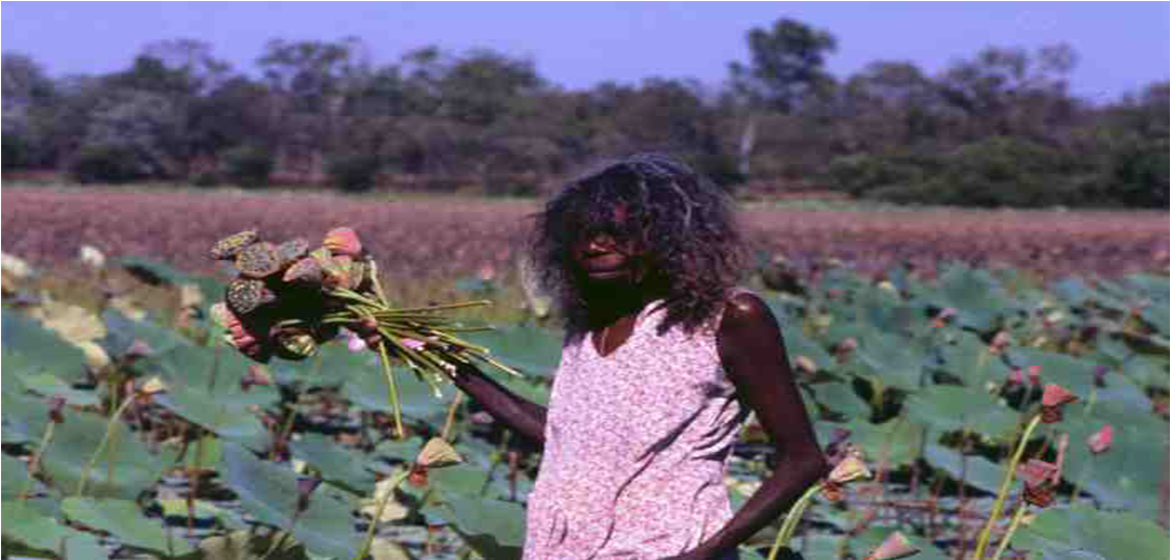By Caddie Brain
It's a book that's taken over 50,000 years to produce.
Ngan’gi Plants and Animals, which was launched in the Top End this week, documents traditional Indigenous ecological knowledge and stories, about the Daly River region of the Northern Territory.
The book, published in collaboration with the Merrepen Arts, Culture & Language Aboriginal Corporation and the NT Department of Land Resource Management, contains photographs and illustrations of over 560 species.
Co-author Glenn Wightman, says it's been over two decades of work, by Ngan’gi elders and scientists.
"It weighs one kilogram and it's full of heavy knowledge," he said.
"People have been passing down knowledge for tens of thousands of years in north Australia.
"But it took 25 years to write up all the public knowledge these countrymen have."
Another reason it took so long, is that an initial version, published in 1998, was destroyed during flooding at Daly River.
"It was really sad," said Mr Wightman.
"We printed 1000 copies but lost over 900 of them because they were all at the art centre.
We talk about mammal and plant extinction, but we're going through an absolute catastrophe of biocultural knowledge loss in north Australia.
Co-author Glenn Wightman
"But we didn't lose all the knowledge.
"My co-author Patricia Marrfurra McTaggart, actually put a lot of the notes we made inside the manhole in the ceiling of her house, before the floods came in, so we still had those records."
But the original book was not all that was lost during that period.
"The sad thing is that four of the authors passed away between the publishing of the first book and the second book," said Mr Wightman.
"That just emphasised the reason for doing the book; to keep the knowledge strong when the old people have gone.
"It's a big issue in the minds of lots of older Aboriginal people I work with in the Top End and the Kimberley.
"We talk about mammal and plant extinction, but we're going through an absolute catastrophe of biocultural knowledge loss at this point in time in north Australia; because of the history of settlement and the age of the Aboriginal elders who have that unique knowledge."
Source:
Related to SDG 3: Good health and well-being and SDG 13: Life on land



